 1985 Peugeot 309 (10C,10A) Dimensions, Size & Specs
1985 Peugeot 309 (10C,10A) Dimensions, Size & SpecsMeasurements of the 1985 Peugeot 309, engineered for optimal performance and comfort
| Dimensions | |
|---|---|
| Length: | 4051 mm159.5 in13.3 ft |
| Width: | 1628 mm64.1 in5.3 ft |
| Height: | 1380 mm54.3 in4.5 ft |
| Trunk Capacity: | 397 liter14.0 cu ft |
| Trunk Capacity (Max): | 1279-1290 liter45.2-45.6 cu ft |
| Weight Specifications | |
| Curb Weight: | 840-945 kg1852-2083 lbs |
| Maximal permitted Weight: | 1290-1370 kg2844-3020 lbs |
| Tire Specifications | |
| Rims Sizes: |
|
| Tire Sizes: |
|
The Peugeot 309 (10C, 10A) hatchback was produced between 1985 and 1989, representing a practical and compact vehicle option of its era. Measuring 4051 mm (159.5 inches) in length, 1628 mm (64.1 inches) in width, and 1380 mm (54.3 inches) in height, this model offers a balanced footprint well-suited to urban environments and tighter parking situations. Its curb weight ranges from 840 to 945 kg (1852 to 2083 lbs), making it relatively lightweight, contributing to agile handling and reasonable fuel efficiency. The maximum weight capacity spans 1290 to 1370 kg (2844 to 3020 lbs), ensuring a sturdy build for everyday usage. Inside, the Peugeot 309 provides a practical luggage volume of 397 liters (14.02 cubic feet) expanding significantly to approximately 1279-1290 liters (45.1-45.5 cubic feet) when folding down the rear seats, accommodating a wide range of cargo needs from groceries to weekend gear. It rides on 13- and 14-inch rims, with compatible tire sizes including 145/70 R13, 175/65 R14, and 165/70 R13, reflecting the diverse trim options available during its production run. The Peugeot 309's combination of compact dimensions, flexible storage capacity, and light weight makes it an attractive choice for those seeking a classic hatchback with efficient use of space and manageable driving dynamics.
Discover the standout features that make the 1985 Peugeot 309 a leader in its class
Have a question? Please check our knowledgebase first.
The Peugeot 309 (10C, 10A) hatchback produced from 1985 to 1989 measures 4051 mm (159.5 inches) in length, 1628 mm (64.1 inches) in width, and stands 1380 mm (54.3 inches) tall. These compact dimensions make it a practical choice for urban driving and parking while still offering reasonable interior space.
The curb weight of the Peugeot 309 (10C, 10A) ranges from 840 to 945 kg (1852 to 2083 lbs), depending on the trim and equipment. Its maximum weight capacity is between 1290 and 1370 kg (2844 to 3020 lbs), allowing for a balance between lightness and enough payload to carry passengers and cargo comfortably.
The Peugeot 309 offers 397 liters (14 cubic feet) of luggage space behind the rear seats. When the rear seats are folded down, the luggage capacity significantly increases to between 1279 and 1290 liters (45.1 to 45.5 cubic feet), making it versatile for carrying larger items or increased cargo loads.
This generation of Peugeot 309 supports rim sizes of 13 and 14 inches. The compatible tire sizes include 145/70 R13, 175/65 R14, and 165/70 R13, offering motorists options tailored for different driving preferences and road conditions, balancing comfort and handling.
Yes, the Peugeot 309 (10C, 10A) fits comfortably in a standard residential garage. With its compact length of 4051 mm (159.5 inches) and width of 1628 mm (64.1 inches), it is small enough to park indoors without issues while leaving some room for maneuvering and storage around the vehicle.
At 1380 mm (54.3 inches) tall, the Peugeot 309 has a relatively low profile compared to many hatchbacks of the mid to late 1980s, which typically ranged from about 1400 to 1500 mm in height. This helps provide a sportier and sleeker silhouette, additionally contributing to aerodynamic efficiency.
Compared to its predecessor, the Peugeot 305, the 309 is slightly more compact in length but maintains a similar width. The 309's length is 4051 mm versus the Peugeot 305 which ranged around 4120 mm depending on model year. The 309 offers improved maneuverability in urban environments while still maintaining comparable interior space.
When compared to similar hatchbacks of the late 1980s, such as the Volkswagen Golf Mk2 and Ford Escort Mk3, the Peugeot 309 is slightly smaller in length but similar in width and height. Its curb weight of 840-945 kg is competitive, making it a lightweight option that favors fuel efficiency and agility over heavier competitors.
Weighing between 840 and 945 kg (1852 to 2083 lbs), the Peugeot 309 benefits from its relatively light curb weight to provide nimble handling and potentially better fuel economy compared to heavier vehicles. This lightness also tends to contribute to a peppy driving experience, particularly with the smaller engine variants offered during its production.
Beyond its compact and practical dimensions, the Peugeot 309 was known for its comfortable interior and versatile hatchback design, offering good luggage capacity for its class. It featured a range of gasoline and diesel engines with manual and automatic transmission options, appealing to a variety of drivers. The 309 was also noted for its solid build and relatively economical operation during its production years.
Discover similar sized cars.
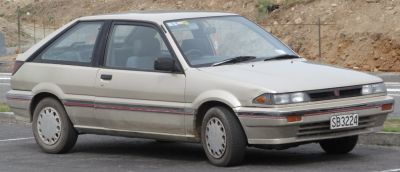
| Production: | 1986-1990 |
|---|---|
| Model Year: | 1986 |
| Length: | 4035 mm158.9 in |
| Width: | 1655 mm65.2 in |
| Height: | 1380 mm54.3 in |
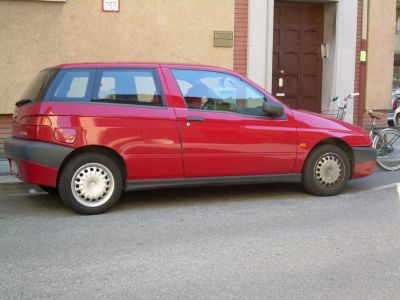
| Production: | 1997-1999 |
|---|---|
| Model Year: | 1997 |
| Length: | 4093 mm161.1 in |
| Width: | 1712 mm67.4 in |
| Height: | 1431 mm56.3 in |
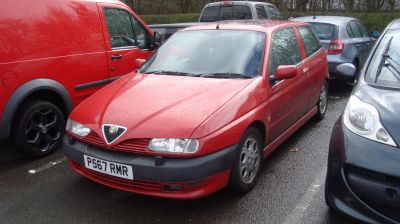
| Production: | 1994-1996 |
|---|---|
| Model Year: | 1994 |
| Length: | 4093 mm161.1 in |
| Width: | 1712 mm67.4 in |
| Height: | 1427 mm56.2 in |
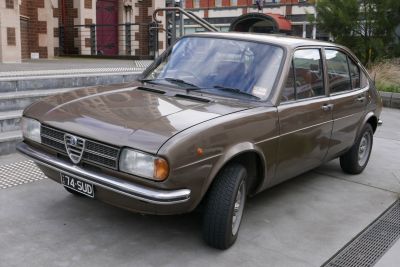
| Production: | 1972-1984 |
|---|---|
| Model Year: | 1972 |
| Length: | 3890-3995 mm153.1-157.3 in |
| Width: | 1590 mm62.6 in |
| Height: | 1370 mm53.9 in |
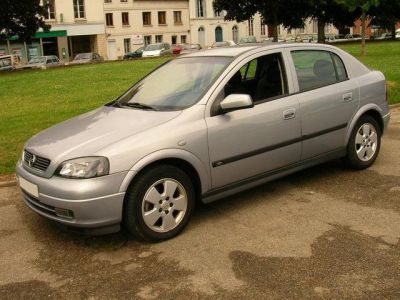
| Production: | 2002-2004 |
|---|---|
| Model Year: | 2002 |
| Length: | 4110 mm161.8 in |
| Width: | 1967 mm77.4 in |
| Height: | 1425 mm56.1 in |
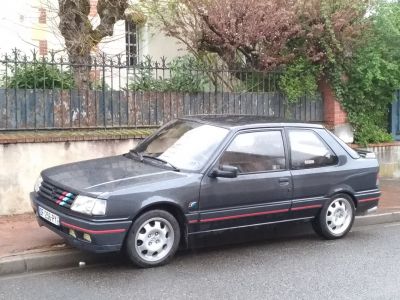
| Production: | 1989-1993 |
|---|---|
| Model Year: | 1989 |
| Length: | 4051 mm159.5 in |
| Width: | 1630 mm64.2 in |
| Height: | 1380 mm54.3 in |
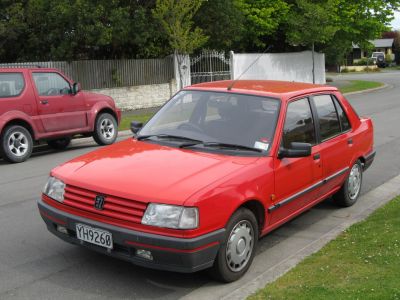
| Production: | 1989-1993 |
|---|---|
| Model Year: | 1989 |
| Length: | 4050 mm159.4 in |
| Width: | 1630 mm64.2 in |
| Height: | 1380 mm54.3 in |
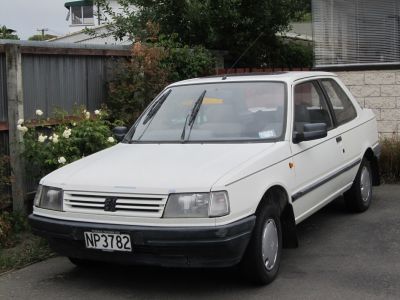
| Production: | 1985-1989 |
|---|---|
| Model Year: | 1985 |
| Length: | 4051 mm159.5 in |
| Width: | 1628 mm64.1 in |
| Height: | 1380 mm54.3 in |
